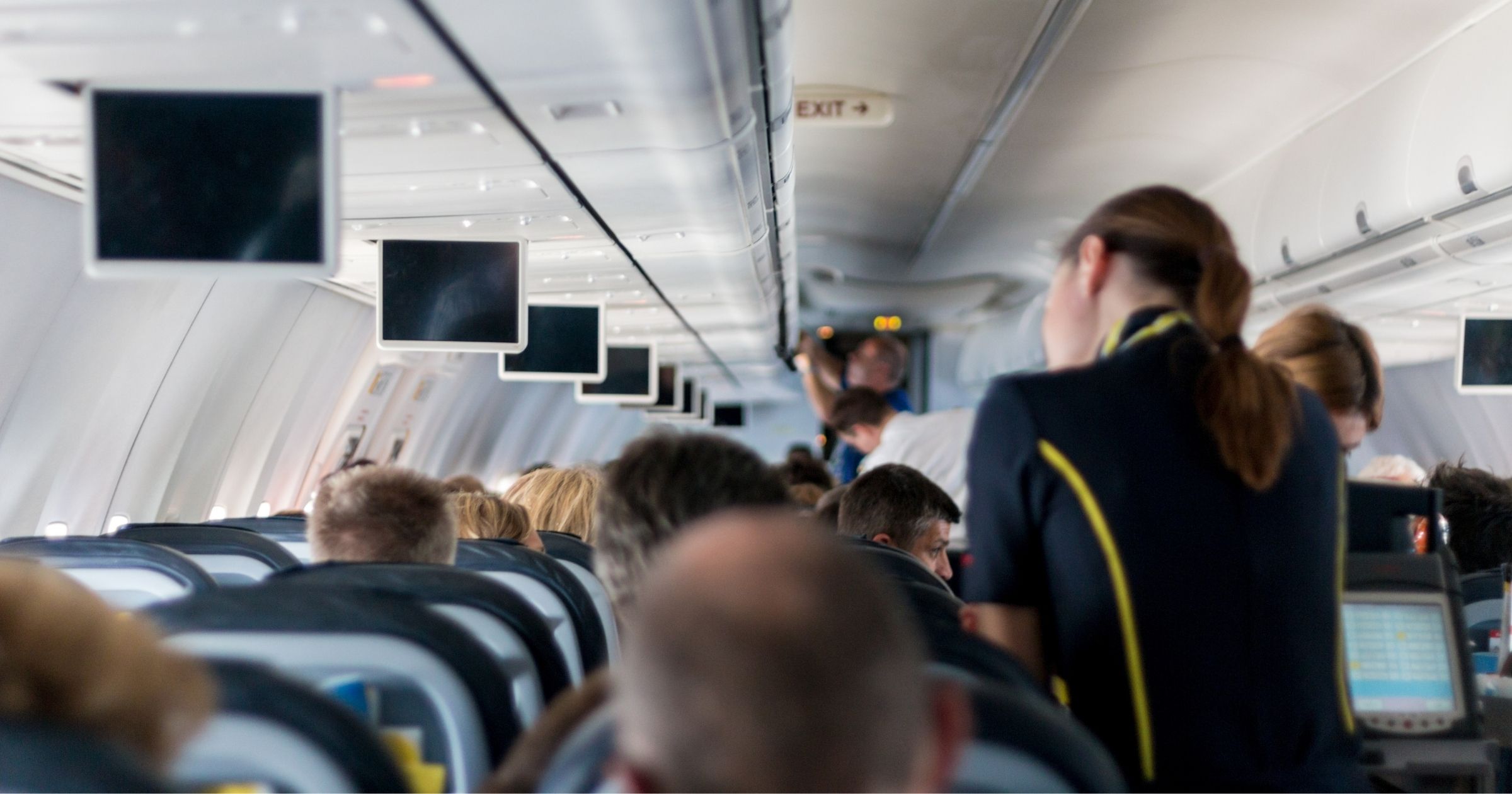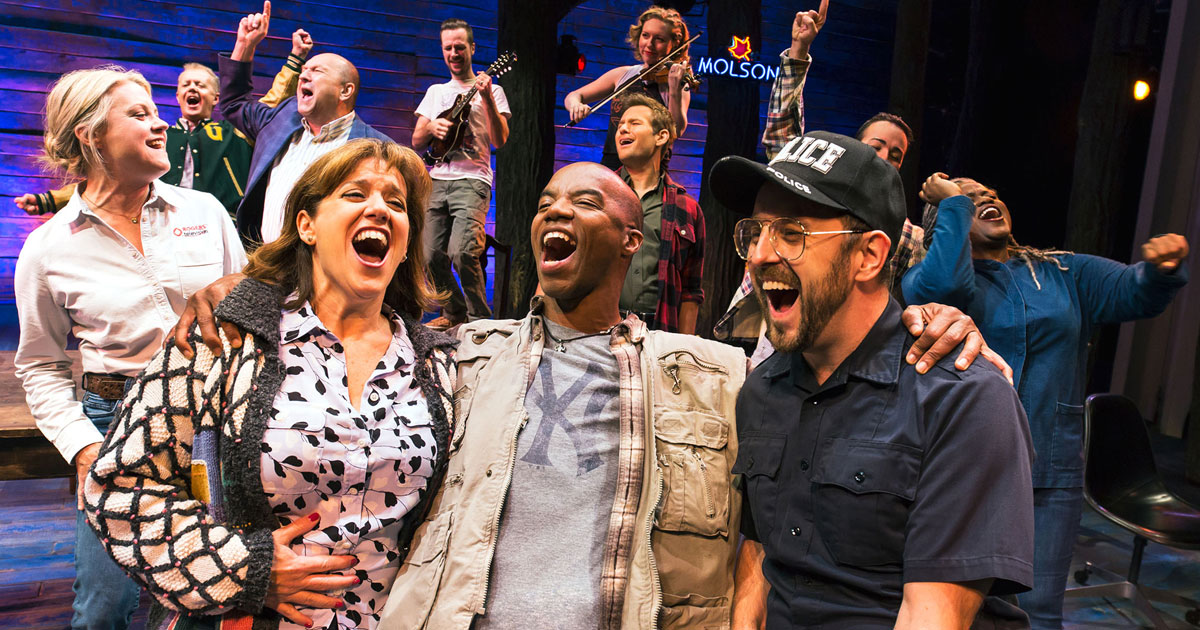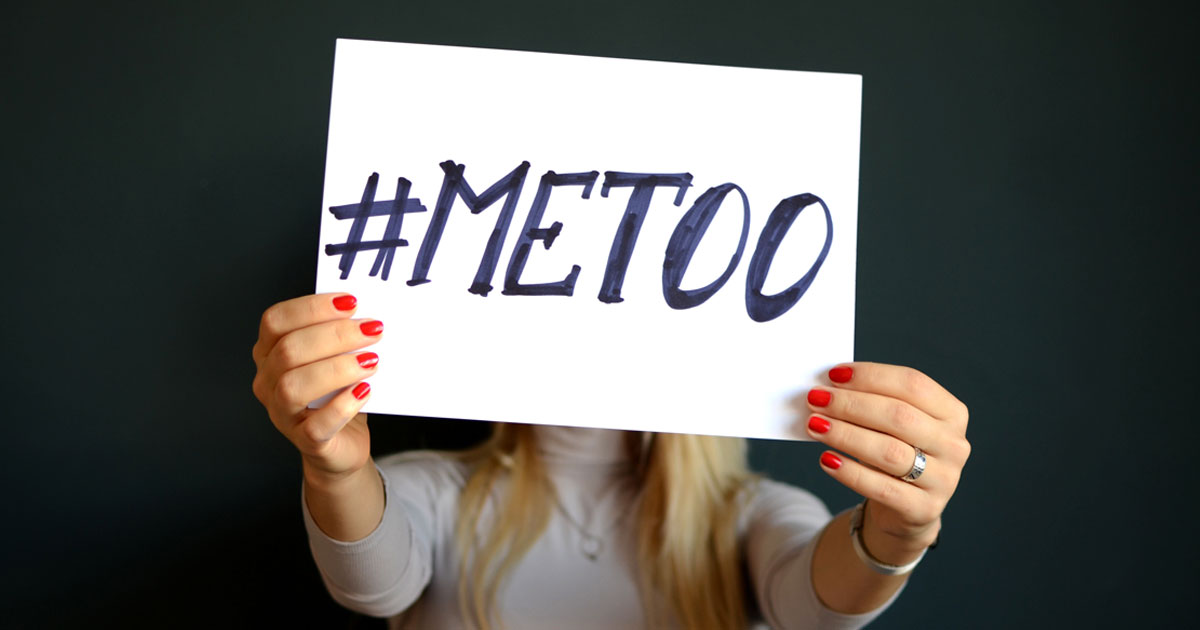Once again, the travel and tourism industry faces both new and ongoing challenges. Travel and tourism cannot be separated from the world context in which they operate. Be that context political states of war, or one of health issues or of economic undulations, what occurs throughout the world touches every aspect of tourism. It is for this reason that every once in a while, it is good for travel and tourism professionals to take a step back and to review at least some of the basic fundamentals of their industry.
We are in the midst of a digital transformation. More and more, travelers use the Internet to find travel inspiration and information. They can easily book flights and hotels—now more than ever, thanks to Google. There are apps to hail transportation, book table reservations and more.
Each new year brings an air of hope. When the Trump administration instated the first travel ban in January, however, it looked like 2017 was off to a turbulent start for the travel industry. This year definitely had its rough patches, yet there were good things, too.
With each setback, the travel industry rallied together and proved that the industry isn't just an industry—but a community determined to change the world through remarkable destinations and extraordinary experiences.
Come From Away is the remarkable true story of 7,000 stranded passengers after the September 11 attacks, and the small town of Gander, Newfoundland, that welcomed them. Cultures clashed. Nerves ran high. Yet uneasiness turned into trust—and gratitude turned into enduring friendships.
For as long as I can remember, my mornings started with Matt Lauer on the screen. One morning, when my boys were young, one looked at the screen and thought Matt was my husband. (They have the same haircut. We giggled for days over that one.) For years, Matt was a staple in our home, bringing us news and events.








